MSRP (*Base Edition)
Battery EV | SUV | 201KM
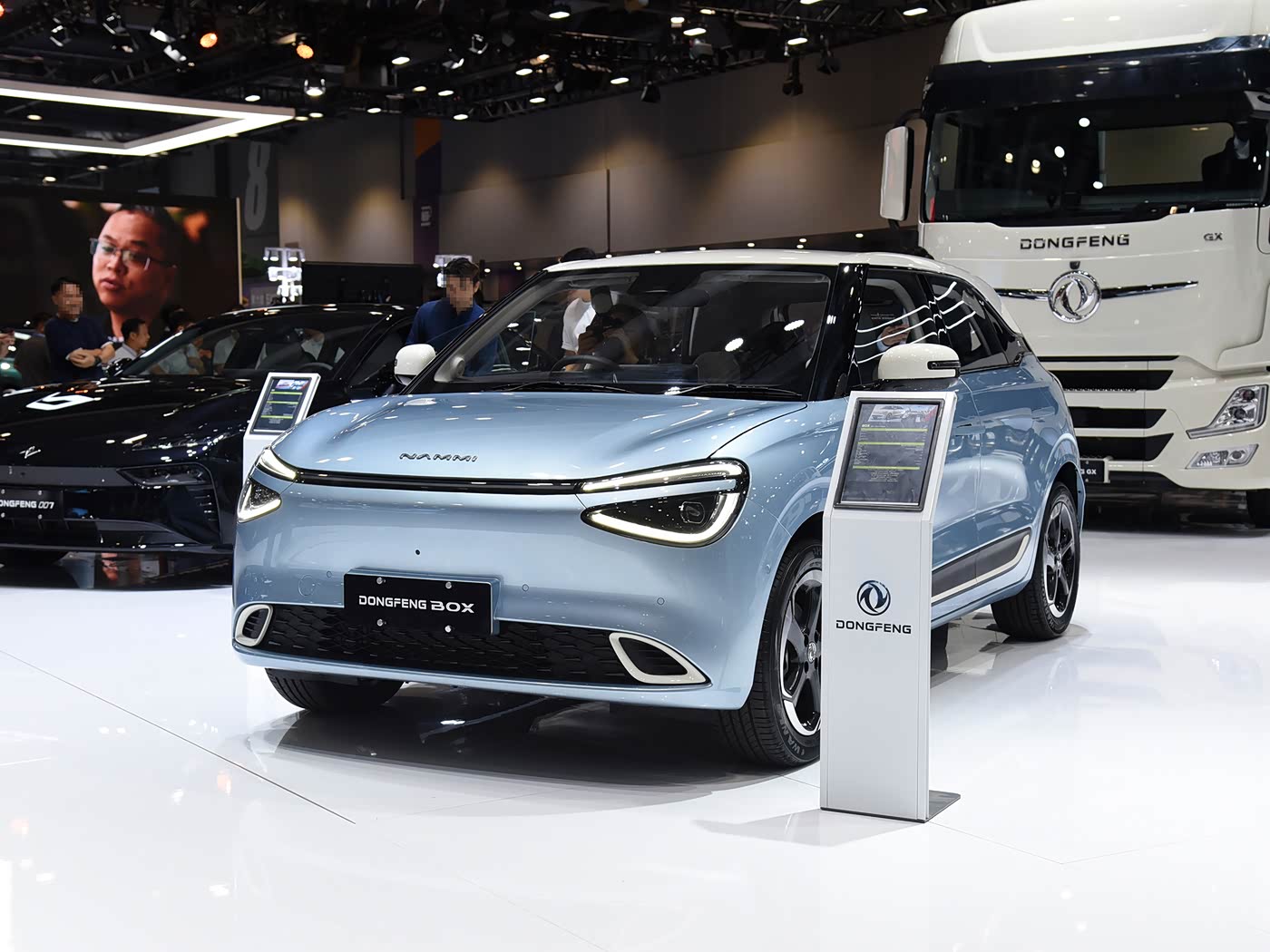
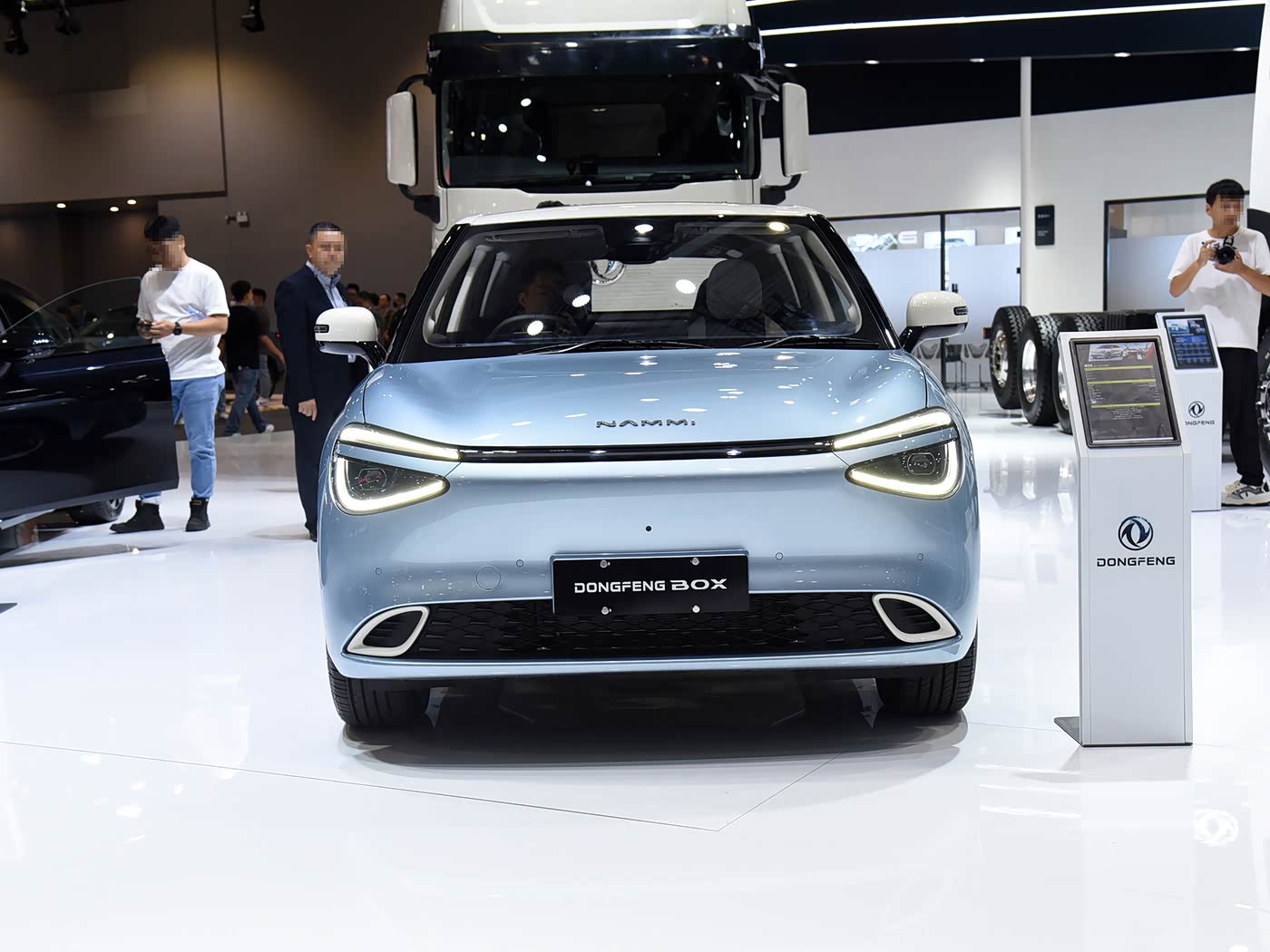
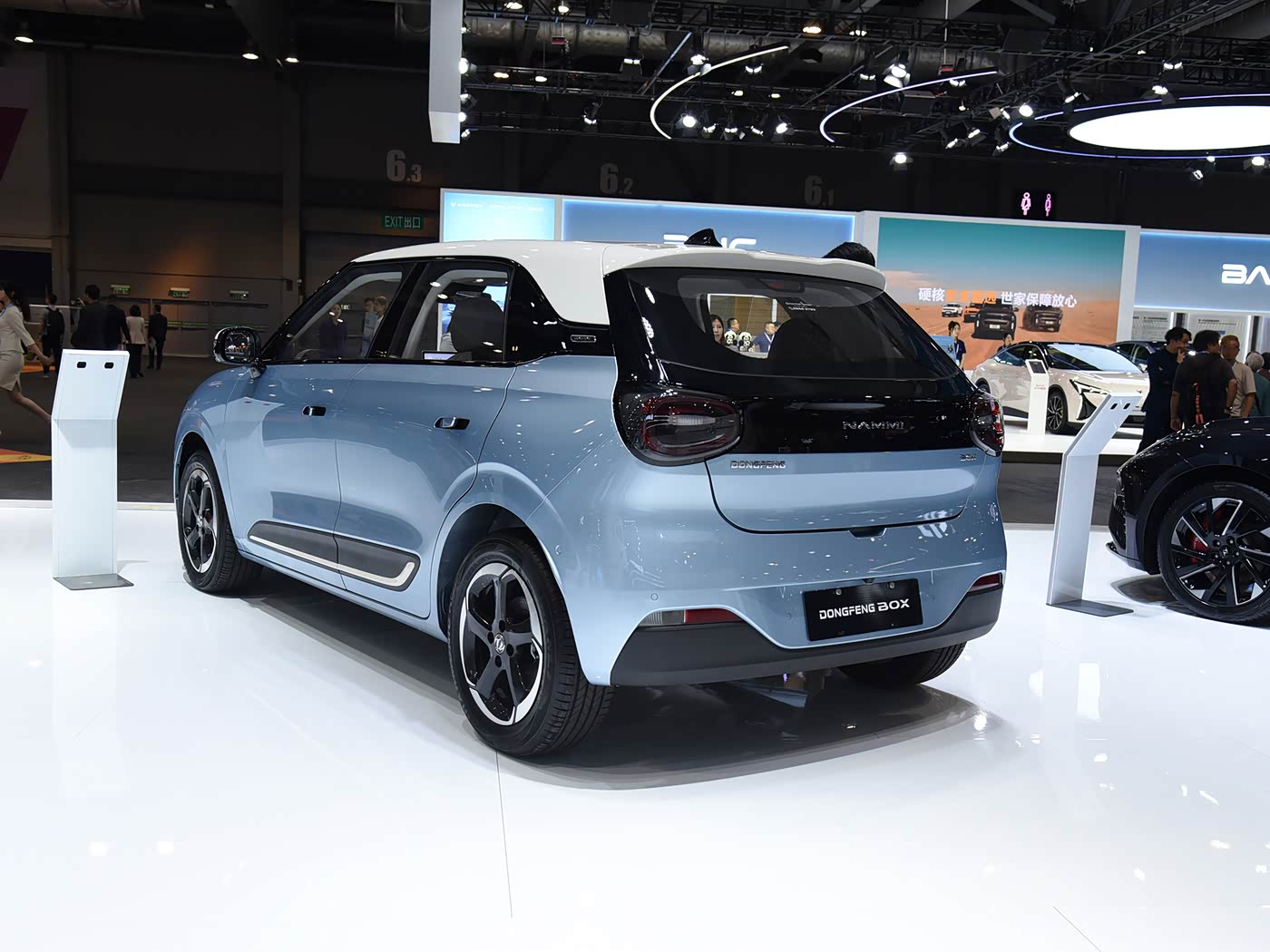
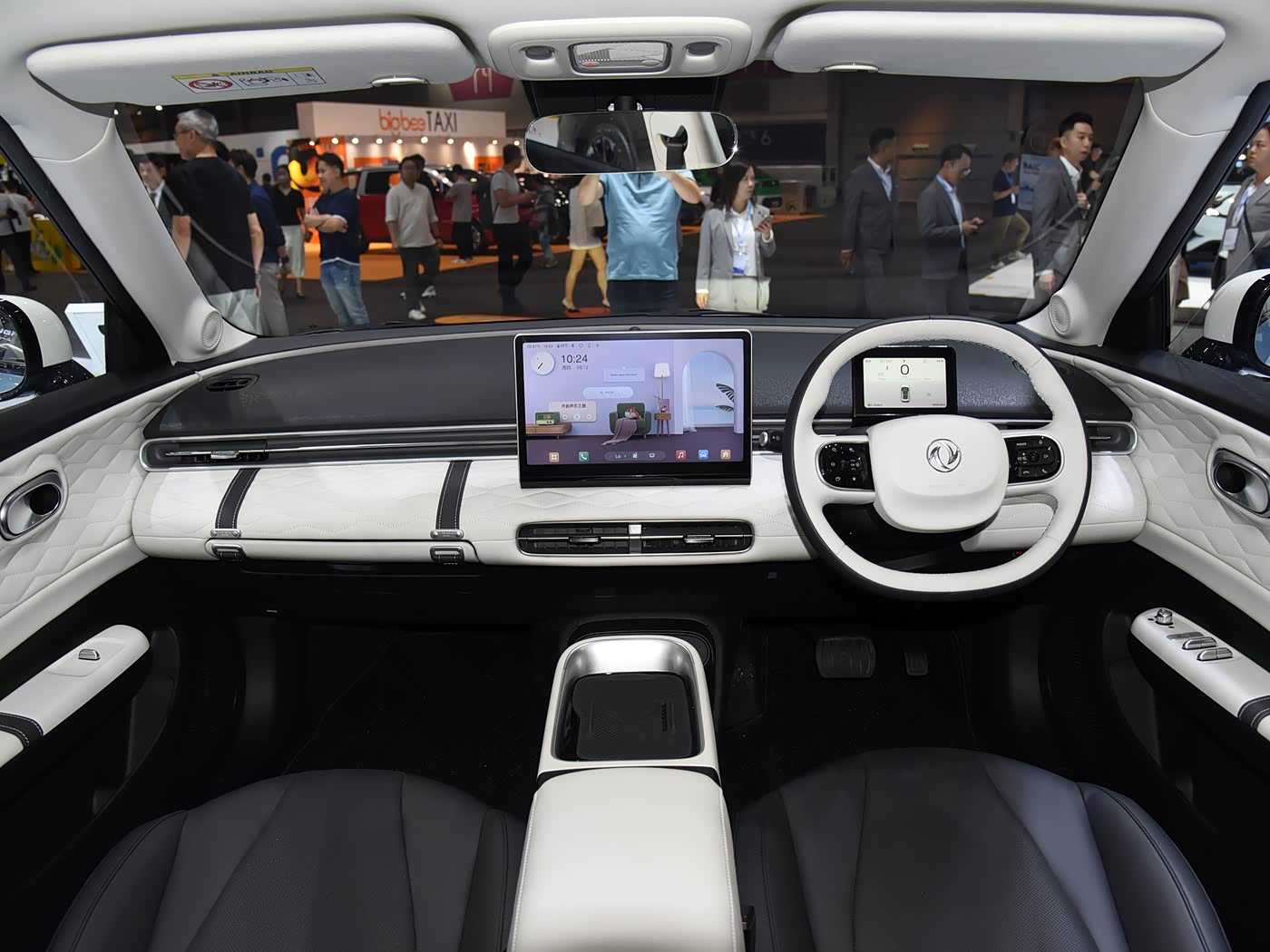
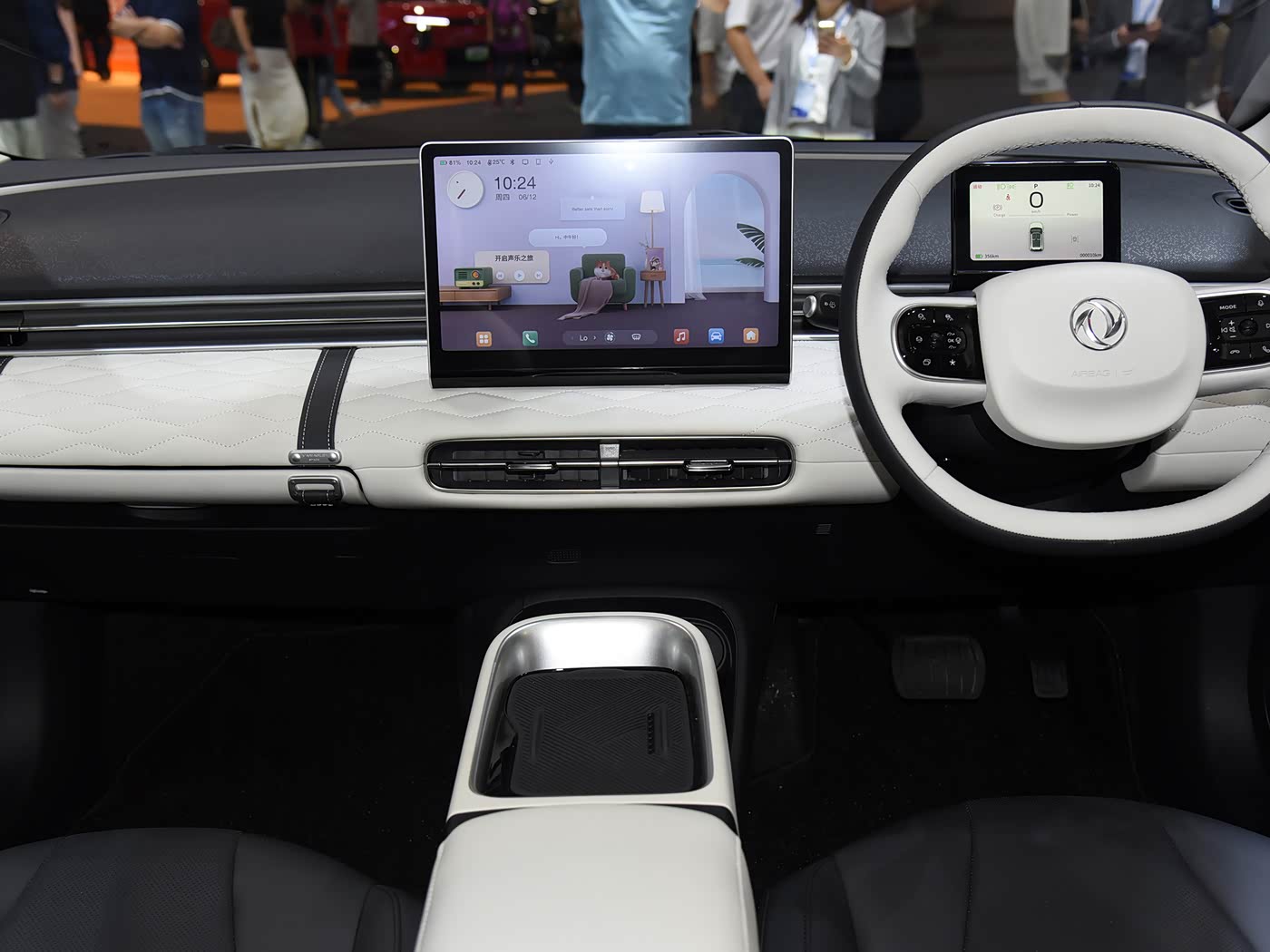
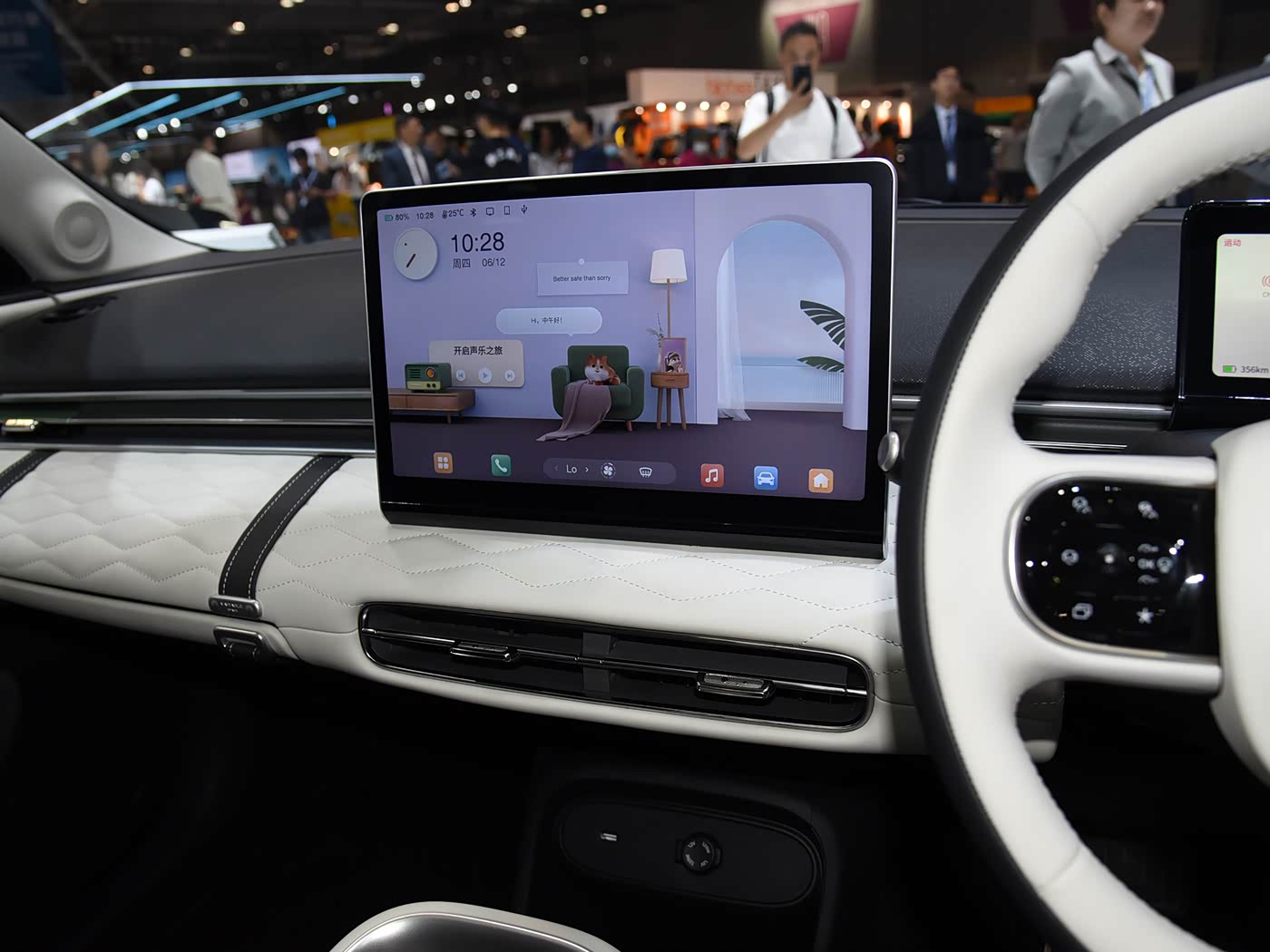
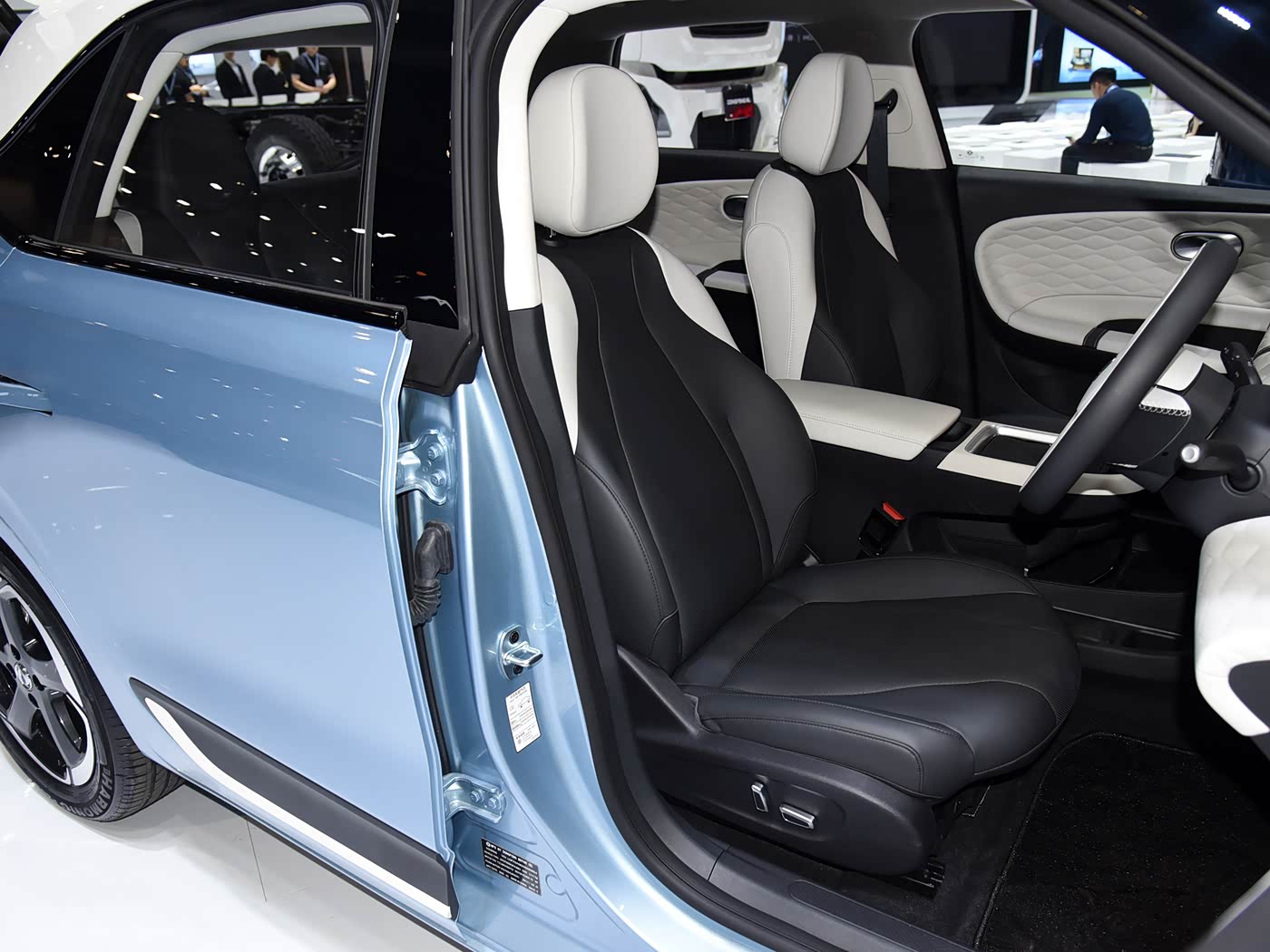
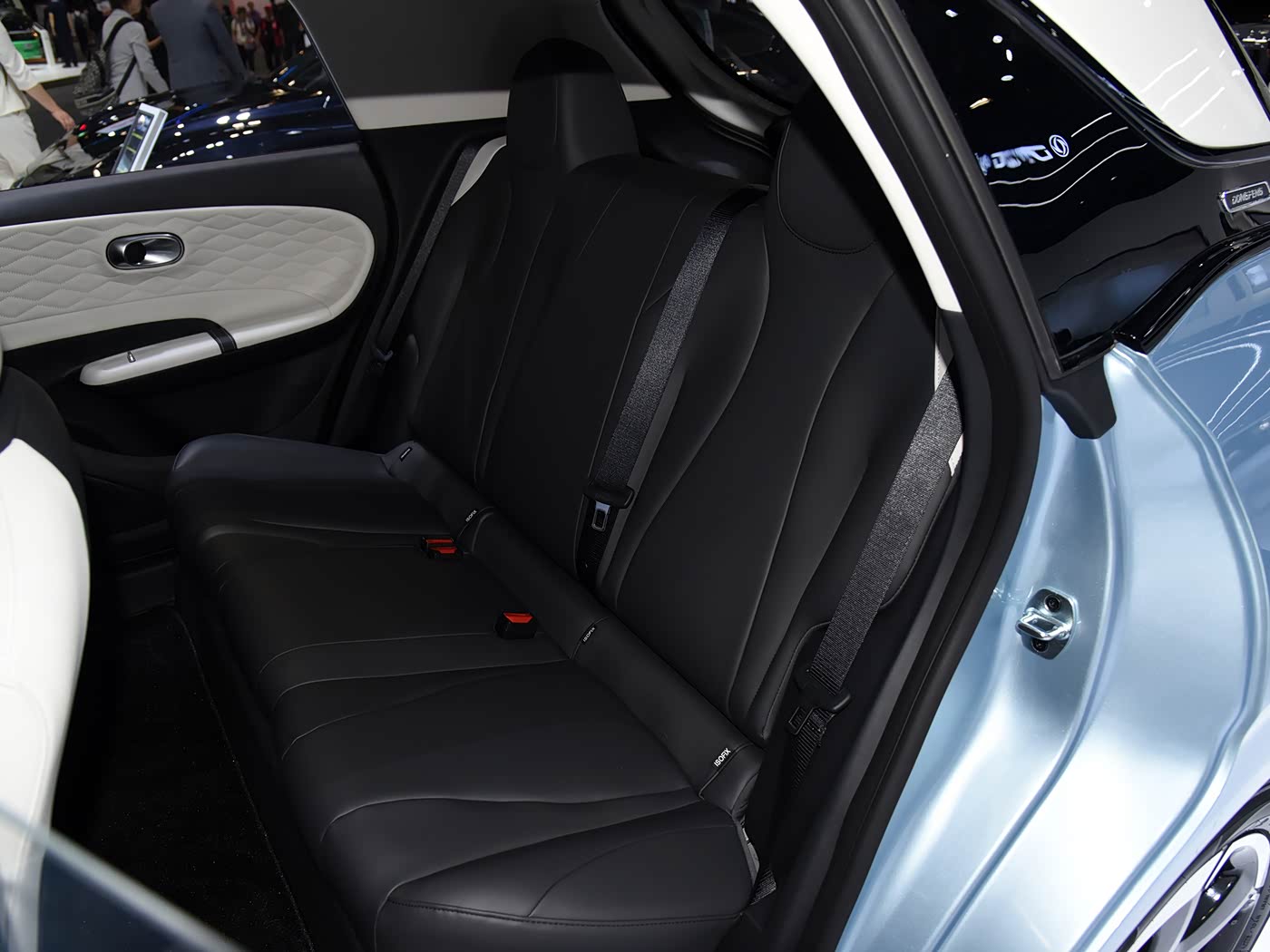

$7,202.00 USD
-
BrandDongfeng
-
Vechile ClassSUV
-
Energy TypeBattery EV
-
Pure Electric Range(KM)201
-
Curb Weight (kg)872
-
Battery Typelithium iron phosphate battery
-
Total Power of Motor (KW)33
-
Maximum Power(KW)33
-
Total Torque of Motor(N・m)125
-
Maximum Torque(N・m)350
-
Length x Width x Height(mm)3732x1579x1515
-
Official 0-100km/h Acceleration Time(s)8.7
-
Power Consumption(kWh/100km)11.5
-
Equivalent Fuel Consumption (Electricity)(L/100km)/
-
Battery Capacity15.97 (kWh)
-
MaximumSpeed(km/h)/
-
Motor Layoutfront mounted motor
-
Transmissionsingle-speed transmission
-
IDev2509204
Panoramic Interiors
Video Manual
Authentic on-site shots for an immersive vehicle detail experience
Real Customer Reviews
Source: DCAR
Review A
¡¾Why I Bought It¡¿
Gas-powered cars are too expensive. I travel about 50 kilometers to and from work every day. Calculating at 0.6 yuan per kilometer, it costs 30 yuan a day. So I decided to buy an electric car as a commuter vehicle, with a budget of less than 50,000 yuan. Actually, I always wanted to buy a Panda Mini, a Klever, or a Corn EV. In the end, the Panda Mini and the Nano made it to the final selection. After all, fast charging is something you may not need, but it's a must-have (now I really think it's great because I haven't installed a charging pile yet and can only charge at external charging stations). The Panda is good in every way except for its small size, while the Nano has a poor build quality, but it seems to have a larger interior space. So I finally chose the Nano Box. At that time, I thought the large space would allow me to pick up carpoolers on my commute, but I haven't done so since I got the car because the electricity cost is so low. It's completely different from my previous gas-powered car, where I felt like I was wasting money on gas if I didn't pick up carpoolers.
¡¾Build Quality and Driving Experience¡¿
I actually think it's okay and not as bad as many people say online. Electric cars are quite convenient to drive. Some people say it has a plastic feel and others say it's ugly. Beauty is in the eye of the beholder, but I think a car at this price range is already quite good. It's true that the configuration is a bit sparser compared to the Panda and other models, such as the lack of storage space and rear window switches. But I can accept these drawbacks. After all, most of the time, I'm the only one in the car, and I only occasionally carry my parents or friends. I basically drive this car to and from work by myself every day.
¡¾Charging Issues¡¿
I have a parking space at home and am applying to the State Grid for an electricity meter so I can install a charging pile. In the meantime, I bought a portable charging gun. I'll figure out the rest after the meter is installed. There's a charging station just a few minutes' walk from my home. After 11 p.m. every night, the electricity costs 0.5 yuan per kilowatt-hour, which is very cost-effective. It only costs about 7 - 8 yuan to charge the car from 20% to 100%.
¡¾The following is my travel experience from Yibin to Chengdu and back during the Dragon Boat Festival, which can perfectly illustrate the performance of this car. One-way is over 300 kilometers.¡¿
¡¾Yibin - Chengdu¡¿ (3 people)
It was my first time driving this electric car on the highway, and I had no experience. I didn't plan my route and charging points in advance. I started with a 50% charge. By the time I reached the first service area, there was only enough charge for 50 kilometers left. I was a bit excited about driving on the highway for the first time and kept driving at the maximum speed. When I reached the service area, the charge was down to 7%. The car can reach a maximum speed of about 105 kilometers per hour. It can reach 108 - 109 kilometers per hour going downhill, but I've never reached 110. When I reached the first service area, it showed that the performance was limited. Charging at the first service area was normal. Sometimes, with a full charge, I can reach the second service area, but by then, the car seems to lose power, and it keeps showing that the performance is limited and can't go fast. The charging speed at the service area is also affected. It feels like there's no fast charging at all. It took an hour to charge from 35% to 80%. It took me seven hours to reach Chengdu, and I charged the car four times along the way. I also asked the after-sales service about how to deal with the performance limitation, but they didn't give me any advice. Anyway, after this first long - distance highway trip to Chengdu, I decided never to take this car on long trips again. This car is okay for trips within a 100 - kilometer radius. On this all - highway trip to Chengdu, the range was basically cut in half, and I didn't even dare to turn on the air - conditioner.
¡¾Chengdu - Leshan¡¿ (1 person)
After parking the car in Chengdu overnight, the performance limitation was lifted. During my two - day stay in Chengdu, I found that the power consumption and cost were really low. The daily parking fee was even more expensive than the electricity cost. On my way back, since I had plenty of time and wanted to stop by Leshan, I took the provincial roads instead of the highway. The distance was about the same as the highway, around 170 kilometers, and the range was about 90% of the stated range. Since I only had a range of 150 kilometers when I set off, I stopped in Meishan to charge to 80%, which only took half an hour. Then I followed the navigation on provincial and rural roads and climbed over a mountain. There were other routes, but I wanted to try this mountain road. I really felt the lack of power when climbing the mountain. The road was very narrow, only wide enough for one car. Maybe it was a remote area, and there were no oncoming cars the whole way. When I reached Leshan, there was still 40% of the charge left. I charged it to 100% in Leshan and then drove back to Yibin with a friend.
¡¾Leshan - Yibin¡¿ (2 people)
After the first highway experience, I drove on the highway this time, keeping the speed at 80 kilometers per hour. It was already midnight, and there were no cars on the highway. I turned on the air - conditioner the whole way, and the range was basically 80% of the stated range. When I reached the first service area charging station, I thought I could make it to the next one as I still had a 50% charge and the next service area was only 40 kilometers away. But I was worried that the range would be cut in half, so I charged it to 80%. My worry was unfounded. By the time I reached the second service area, I only used 30% of the charge. I charged it to 80% again and still had 40% left when I got back to Yibin. In the end, I found that driving at 80 kilometers per hour with the air - conditioner on, the range can maintain 80% without any problem.
Review B
The front face of the Nano BOX is relatively round, and the rectangular headlights with colorful decorations are quite distinctive. Viewed from the side, it features a short front and rear overhang design, which has no problem coping with urban roads. Both the wheels and the roof rack are in contrasting colors, making it look youthful and vibrant. The rear part of the car also echoes the design of the front face.
In terms of the interior, the overall style inside the car is minimalist. It is equipped with a 7 - inch LCD instrument and a 10 - inch floating central control screen. The area around the shift knob is decorated with a piano - lacquered panel. It comes with integrated seats with embroidery, and the softness is okay. After all, it's a small SUV. If the front - row passengers aren't extremely tall, the space performance is acceptable, especially friendly to women. Moreover, the whole interior design doesn't give a cheap feeling.
Regarding the in - car system, it is equipped with a quad - core processor. The UI interface is fashionable and simple, and it runs smoothly. It supports online upgrades, and has functions like music and radio. However, the navigation function needs to be extended through mobile phone interconnection.
It's worth mentioning that the new car also supports remote control via a mobile phone app, including unlocking the vehicle, controlling the air - conditioner, finding the car, and charging management. All these functions can be realized on the mobile phone, and they are highly practical.
Safety is very important for pure - electric small cars. If it's not well - done, it's easy to be regarded as a "grandpa's joyride". The Nano BOX has airbags for the driver and front - passenger, and a high - strength steel body with a strength of 983 MPa. It is also equipped with a reversing radar and a reversing camera.
There is a certain amount of seating space in the second row of the new car. With a wheelbase of 2423 mm, it ranks relatively high in its class and doesn't seem overly cramped. As for the trunk, the Nano BOX can meet daily needs, and it also supports folding down the second - row seats.
In terms of range, it is equipped with a 27.17 - kWh ternary lithium battery, which performs better in low - temperature conditions. The CLTC range is 331 kilometers, and the power consumption per 100 kilometers is 9.7 kWh. Coupled with the fact that the car itself isn't heavy, with a curb weight of 921 Kg, for normal commuting in the city, the real - world range should exceed 200 kilometers. Moreover, the Nano BOX comes standard with DC fast charging. It takes 30 minutes to charge from 30% to 80%, while slow charging takes 4 hours.
In terms of power, this car is equipped with a front motor with a power of 33 kW and a torque of 125 Nm. When you floor the accelerator, there's a certain feeling. With this power, it's okay for city travel and short trips to the suburbs, but it's not recommended to drive on the highway. Also, considering the car has a tire width of 165 mm, aggressive driving isn't advisable. It is also equipped with an ECO energy - saving mode, which can increase the range to some extent when the battery level is low.
The chassis consists of a front MacPherson strut and a trailing - arm torsion beam. The tuning is done by a Renault team. The chassis is heavy and not loose, but the rebound is a bit hard, so it's not suitable for long - term driving on unpaved roads. It's fine for city commuting. The steering wheel has relatively light resistance, and people with stronger hands need some time to get used to it.
Review C
In terms of the same class:
1. The battery life is sufficient. It can handle daily activities without worry within a range of less than 250 kilometers. It supports fast charging and can replenish energy quickly, reaching 80% in half an hour.
2. The space is decent. I'm 178 cm tall and weigh 200 catties. The front - row space is definitely ample. However, I'll feel a bit cramped if I sit in the back row for more than an hour. Fortunately, I have the largest build in my family, so others feel more comfortable sitting in it than I do.
3. The chassis is high. Electric vehicles are most afraid of chassis collisions. This car has a short wheelbase and a ground clearance of at least 15 cm. So there's no need to worry about most road conditions, and it can easily drive onto the curb to park.











